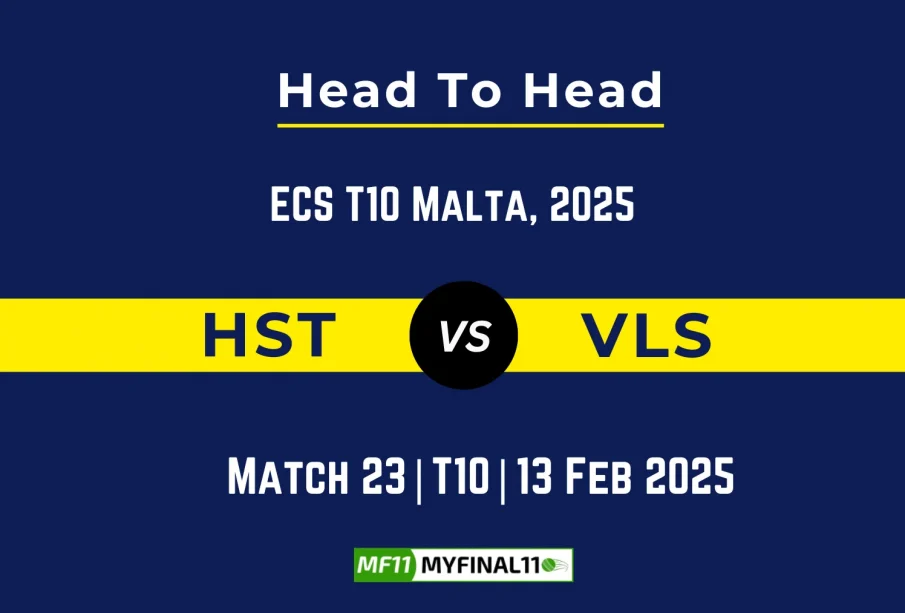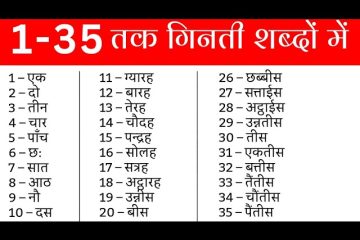Understanding HST vs VLS Technologies

Introduction
As technology continues to evolve, the debate between High-Speed Trains (HST) and Very Light Rail Systems (VLS) has gained prominence. Understanding these two transport solutions is crucial for urban planning, environmental sustainability, and enhancing connectivity in densely populated regions. Both HST and VLS offer innovative approaches to modern transportation, but they cater to different needs and contexts.
What is HST?
High-Speed Trains, commonly known as HST, refer to rail systems that operate significantly faster than traditional trains, typically exceeding speeds of 250 km/h. Countries such as Japan, France, and China have successfully implemented HST networks, resulting in reduced travel times and increased passenger capacity. The expansion of these services facilitates intercity connectivity, making them a preferred choice for long-distance commuters.
What is VLS?
On the other hand, Very Light Rail Systems (VLS) represent a newer approach to urban transportation, often characterized by lighter vehicles that navigate through cities without the need for dedicated tracks. VLS solutions are designed for short-distance travel, providing flexible, cost-effective, and environmentally friendly alternatives for urban environments. Several cities worldwide are beginning to adopt VLS for local transit, enhancing access to underserved areas.
Key Differences
The primary distinction between HST and VLS lies in their design, operational speed, and intended use. HST primarily supports long-distance travel between major urban centers, requiring extensive rail infrastructure, while VLS aims to cater to urban and suburban commutes, utilizing lighter and more adaptable vehicles. Furthermore, the environmental impact differs significantly; HST systems are often powered by electricity, promoting lower emissions. In contrast, many VLS systems utilize battery or hybrid technology, enhancing their sustainability in densely populated areas.
Current Developments
As of 2023, ongoing projects across various countries are focusing on the integration of HST and VLS into existing transportation networks. The Indian Railways, for instance, is exploring options to deploy HST corridors while cities are looking into VLS as a more efficient means to reduce urban congestion. With increasing governmental support and funding, the future of both HST and VLS looks promising.
Conclusion
In conclusion, the choice between HST and VLS largely depends on the specific transportation needs of urban and intercity contexts. As nations strive to enhance mobility and decrease carbon footprints, the evolution of both HST and VLS will play an essential role in shaping the future of public transport. With innovations and investments in either technology, commuters can expect improved travel experiences in the coming years.








